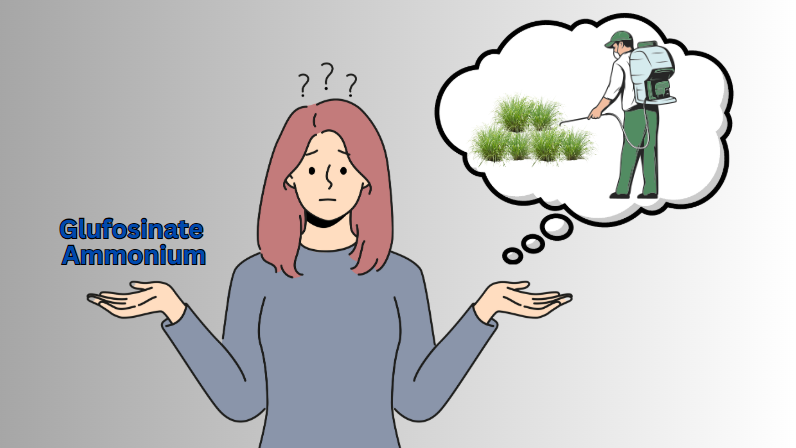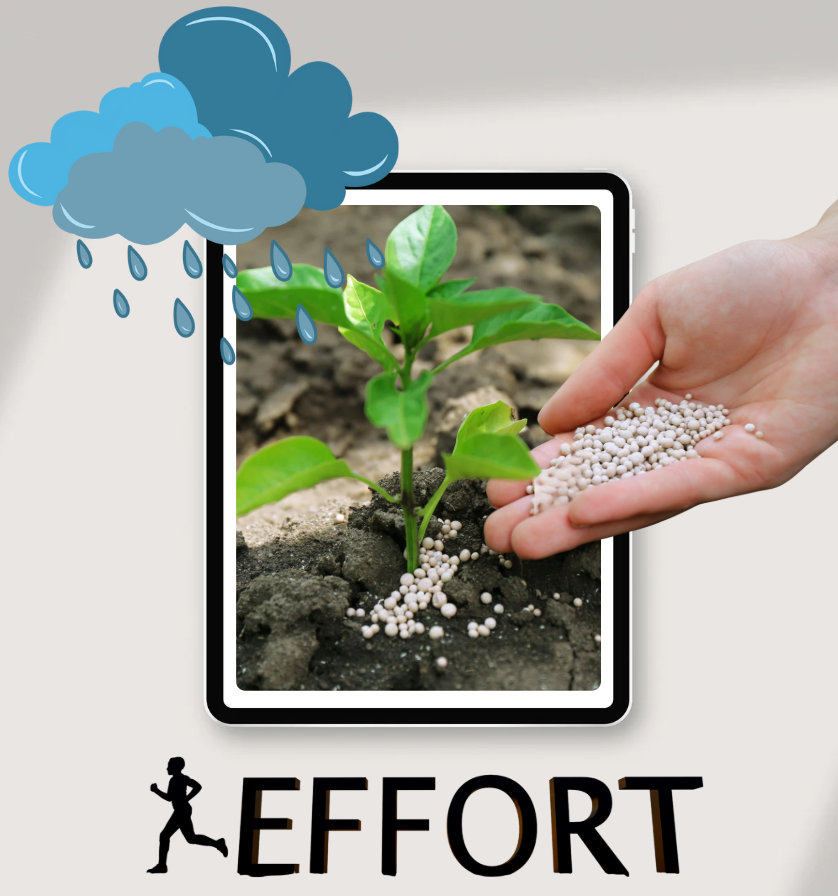
Common Mistakes When Using Glufosinate Ammonium – Why Weeds Don’t Die After Spraying
Discover the most common mistakes when using Glufosinate Ammonium: incorrect dosage, poor timing, and spraying errors that result in poor weed control, crop burn, and wasted costs. Learn how to fix them effectively!
Table of Contents
- What Is Glufosinate Ammonium and How Does It Work?
- Why Incorrect Dosage Leads to Weed Survival
- Common Mistakes When Using Glufosinate Ammonium
- How to Correct and Optimize Glufosinate Use
- Conclusion
1. What Is Glufosinate Ammonium and How Does It Work?

Glufosinate Ammonium is a non-selective, contact herbicide that only kills the parts of the weed it touches. It is not systemic, meaning it doesn’t travel to the roots.
- Highly effective against broadleaf and grassy weeds – but only when sprayed at the correct stage and dosage
- Weed death typically occurs within 1–3 days of spraying
❗ If underdosed, misapplied, or sprayed on mature weeds, its effectiveness drops significantly.
2. Why Incorrect Dosage Leads to Weed Survival

|
Mistake |
Common Outcome |
|
Over-dilution (e.g., 20ml/16L water) |
Light yellowing, weeds regrow quickly |
|
Low application volume per m² |
Mature weeds recover within days |
|
Uneven leaf coverage |
Missed spots → weeds regrow |
|
Incorrect water pH (too alkaline) |
Reduces herbicide potency |
👉 Result: Wasted labor, wasted herbicide, and weeds survive.
3. Common Mistakes When Using Glufosinate Ammonium
❌ 1. Incorrect Dosage
- Not following label recommendations (typically 40–60ml per 16L of water for 13.5–20% Glufosinate)
- Spraying too lightly to save product → ineffective absorption
❌ 2. Wrong Timing
- Spraying when weeds are too mature or woody
- Spraying before or after heavy rain → herbicide washes off
- Spraying when weeds are still emerging and leaves haven’t fully expanded
❌ 3. Poor Spraying Equipment or Technique
- Nozzle too strong → herbicide splashes onto crops
- Uneven spray pattern → missed spots or drift onto stems
❌ 4. Hitting Crops During Sensitive Stages
- Spraying near crops during new flush or flowering → causes leaf burn and growth suppression
❌ 5. Repeated Use of One Active Ingredient
- Repeated use encourages herbicide resistance, especially in tough species like crabgrass, torpedo grass, or nutgrass
4. How to Correct and Optimize Glufosinate Use

✅ Read the label carefully – follow the recommended dosage
✅ Spray when weeds are 10–20 cm tall and actively growing
✅ Spray both sides of the leaves, close to the base, avoid missing spots
✅ Use flat fan nozzles, avoid strong, high-pressure streams
✅ Do not spray before rain or in extreme heat (>33°C)
✅ Rotate with pre-emergent herbicides (e.g., Pendimethalin, Butachlor) to prevent regrowth
5. Conclusion
Glufosinate Ammonium is highly effective, but misuse – especially wrong dosage or poor spraying technique – leads to weed survival or only partial kill.
👉 To maximize weed control and avoid damaging crops, always use the right dose, at the right time, with the correct technique.
Bình luận
Những bình luận mới nhất



